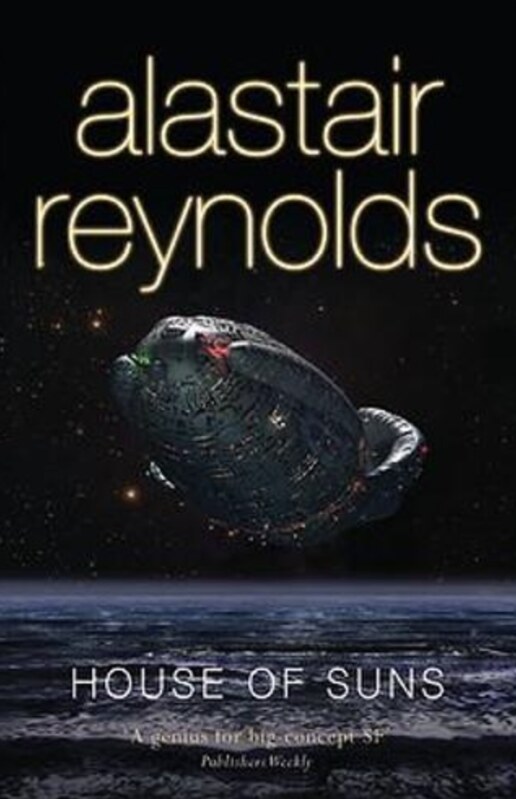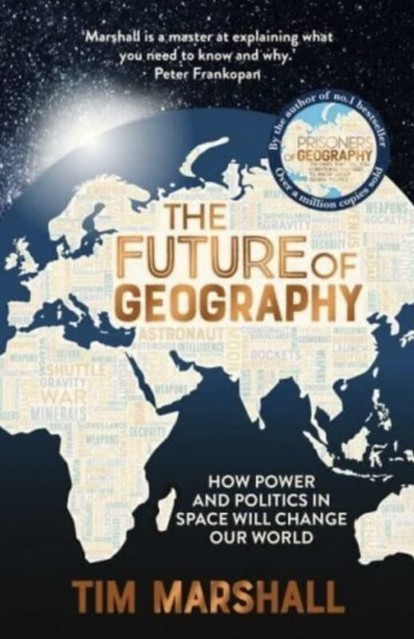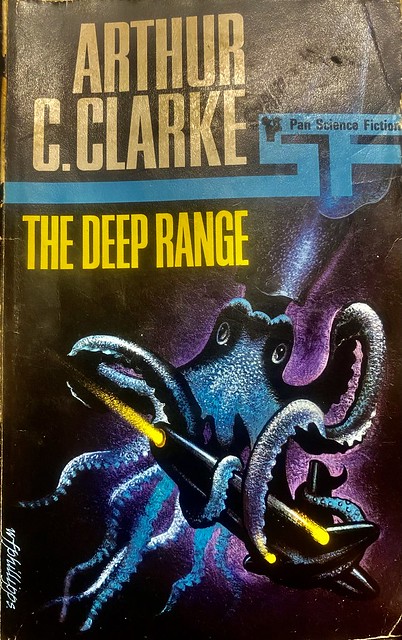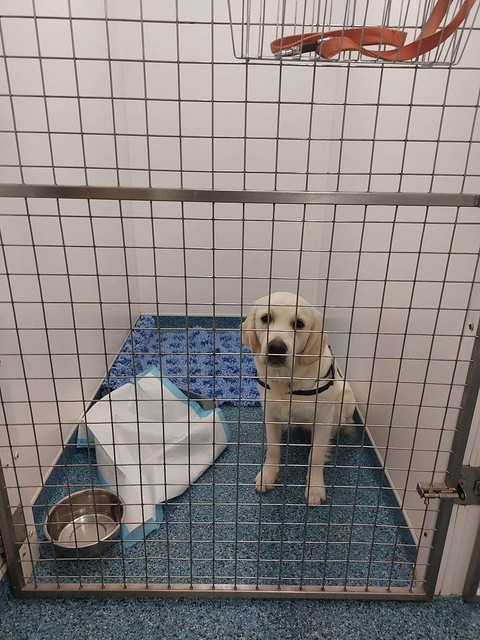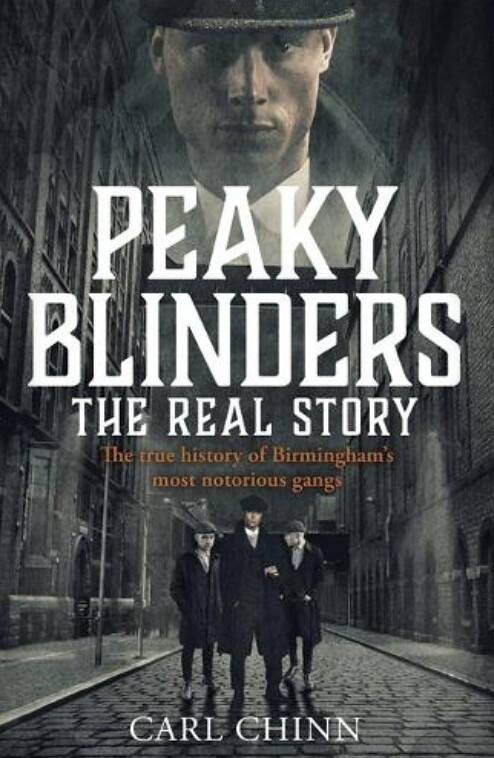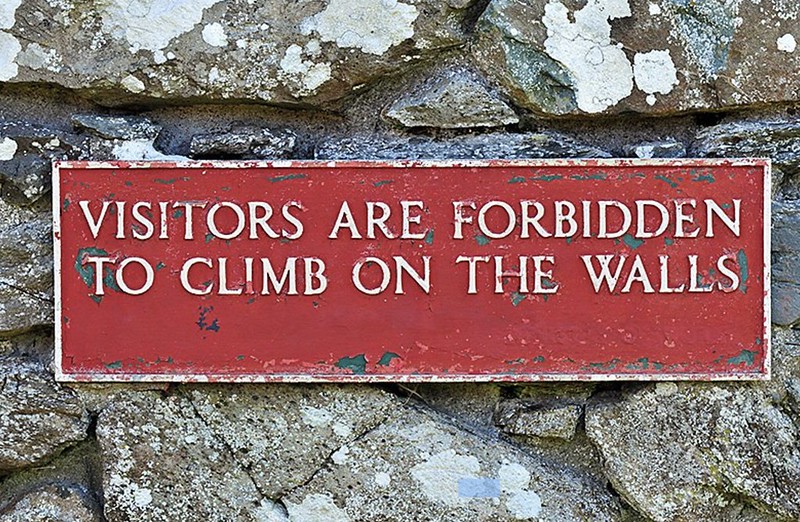I have been hesitant about posting this, mostly because it’s really nobody’s business but my own. Over the past few months my lifelong on-off war with depression has hit a rough patch. I’ve had to cancel travel, both abroad, and to the Hay Festival where I was supposed to have been an attraction. My posts on social media and on this blog have dwindled to almost nothing. People have begun to notice – well, two people have, and kindly sent notes of concern (thank you — you know who you are). So that’s what prompted me to write.
As a Veteran of the Psychic Wars I have been on all the -ins and -ines at one time or another, and a couple of the -ams and even an -ole. Mianserin, right at the beginning, now only used as horse tranquillisers I suspect. Then (in no particular order, as they say on the game shows), citalopram, sertraline and mirtazapine, culminating in venlafaxine. I have probably forgotten a few. Venlafaxine worked beautifully for a decade, until the day came when it didn’t. Then came the long, exhausting and occasionally frightening period of coming off one drug and transitioning onto another. So, for a few months I was on vortioxetine, which wasn’t as good as venlafaxine has been, so had to be propped up with aripiprazole, which screwed me down flat.
This clearly couldn’t go on, so for the second time in less than a year (under medical supervision I might add) I had to undergo the whole wearisome process of coming off aripirpazole, then coming off vortioxetine (hey, I hope you are both following this) and starting a new drug, duloxetine, progressing in increments to successively higher doses. The entire process took more than a month — most of April and May.
Transitioning from one drug to another is not a process I’d recommend to anyone, though I suspect it’s a whole lot better than cold turkey. Throughout the process I have been seized by constant anxiety. I have nothing in particular to be anxious about, but I had all the physical symptoms — fight-or-flight, panic, sweaty palms, constantly wanting to visit the loo. I used to make light of anxiety — but no longer. It was entirely debilitating. The worst thing was that there is nothing I could do except endure it. It was like having a constant nagging dental pain in the mind. Throughout it all my family, colleagues and pets have been wonderfully supportive, and I can only imagine the hell that people with anxiety suffer if they are alone.
By complete coincidence this period of transition overlapped with Mental Health Awareness Week, the theme of which this year was anxiety. I read the advice on how to cope with anxiety and took the tips. I am very lucky that I live in a lovely part of the world, and it’s spring, so I am able to go for long walks in the woods with my dogs. I can’t stress enough how therapeutic it is to take exercise, and also get out in the natural environment. I have been doing a lot of cooking, which I enjoy. I have also coped by working fanatically hard to take my mind off my own internal state, both at the day job (by day I am with the Submerged Log Company), and also researching for and writing my next book.
I am now nearing the end of the transition — nearly a week now on the full dose of duloxetine — and the anxiety has almost gone. There is still some lingering depression. I have a library of books I don’t care to read; a rack of musical instruments I can’t be bothered to play; and a garden full of weeds I can’t be bothered to clear. Life — just the ordinary process of living — takes effort. But at least I can now envisage the possibility that these feelings will pass.
It’s a salutary thought that nobody really knows how antidepressants work. Psychiatry is still very much in the leeches-and-bloodletting phase. You just have to try one drug, or another, in what my son describes as the ‘throw-wet-spaghetti-against-the-wall-and-see-if-it-sticks’ method. But they do work, somehow, and I try not be frightened by the fact that for my whole adult life I have been dependent on, and cannot function without, powerful chemicals that do who-knows-what to my brain.
So now you know. I guess it’s the way I am made. And as someone said in a song, I am what I am — I don’t want praise, I don’t want pity. But next time someone ignores you, or is a bit crotchety, or cries off some engagement, remember that they might be suffering — really suffering — from pains you can neither see nor imagine.




